Cocochine is tucked away in Bruton Place, just off Berkeley Square. There is a ground floor dining room, an open kitchen with counter seating on the first floor, and a large private dining room on the floor above. I have written before about its unusually kindly priced wine list, with markup levels way below the norm for London, let alone Mayfair. The head chef and part owner is Larry Jayasekara, who previously was head chef at Michelin-starred Petrus. Earlier in his career he worked at restaurants including Michel Bras, Le Manoir au Quat’ Saisons and The Waterside Inn. The tasting menu was priced at £189 and there was a set lunch at £55 for three courses.
Much of the produce used at Cocochine comes from Rowler Farm in Northamptonshire, an 1,100 acre estate owned by one of its investors. The farm grows fruit and vegetables, but also raises cattle, sheep and pigs, and has a herd of 700 sika deer. Much of the seafood cooked here, such as the langoustines, scallops and lobster, come from the waters around Tanera island in Scotland, which is also owned by the same investor.
This latest meal began with some canapes. Comte flavoured doughnuts were filled with 36-month-old Comte cheese and black truffle sauce, topped with finely grated 72-month-old Parmesan from Bologna. The doughnuts were made from wheat flour from the Rowler farm and then aerated with a syphon to lighten the texture of doughnut. These were served warm and had plenty of cheese flavour.
A posh cheese and onion cracker was topped with golden oscietra caviar (Cocochine have a private caviar supplier in Paris). Mashed potatoes were spread thinly on trays and then dehydrated, cut into strips and deep fried. Cream cheese seasoned with home-made onion powder) topped with our own golden oscietra caviar. This worked very well, the salinity of the caviar balancing the richness of the cream cheese. The third canape was a tart of wild Alaskan salmon tartare seasoned with soy, lime and salt. This was topped with salmon roe marinated in mirin, topped with yuzu gel and chive batons. The tart was delicate and the salmon had good flavour (17/20 canapes).
At this point, the bread was served, a choice of onion brioche and sourdough. The onion brioche was made in the kitchen using flour from the Rowler farm, laminated four times, then layered with caramelised onions and thyme. This was then baked and then lightly steamed to order, resulting in soft, warm bread, which is glazed with brown butter and sea salt. This was delicious, with gorgeous texture. The sourdough was made from a base of porridge from oats and barley, which is added to a 17-month-old mother dough. This results in 95% hydration, giving an airy texture along with a thin crust. Once baked, the bread is glazed with kithul (sap made from a palm tree flower in Sri Lanka) and sea salt. This was high-class sourdough, served with fresh Normandy butter and sea salt.
The first course was otoro tuna, topped with golden oscietra caviar. The tuna is imported directly from a contact is the Ginza district of Tokyo, seasoned with 60-month aged Japanese soy, topped with thin sourdough croutons and golden oscietra caviar. This was finished with white wine vinegar gel and alyssum flowers. The richness of the fatty tuna and the salinity of the caviar is a good combination, brough together nicely by the soy (17/20).
This was followed by Ceylon king crab salad with apple and curry consommé. Before 1948. Sri Lanka was called Ceylon, which is where the head chef Larry Jayasekara was brought up. This dish used Norwegian king crab and white crab meat from Dorset mixed with a julienne of curry leaves, diced apples, lime zest, natural yogurt and salt. This was topped with apple jelly (the apples grown on the Rowler farm, calamansi gel and herbs. This dish was finished with a crab curry that is clarified to be a consommé, served chilled. This was a particularly lovely dish the sweetness of the crab balanced by the acidity of the apple and lime zest, the gentle spice of the curry just lifting the flavour nicely without overpowering the crab (18/20).
Next were unusually large XXL langoustines from around Tanera Island in the west coast of Scotland, which were steamed on sea weed and removed from their shells. The langoustine tails were then poached in langoustine oil made from the shells and rapeseed oil. These were served with Jerusalem artichoke puree, seaweed, edamame, a potato crisp with golden oscietra caviar and finished with a lightly spiced bisque. This was another successful dish, the langoustines having excellent natural sweetness and being carefully cooked, the earthy artichoke flavour a nice contrast, brought together by the deeply flavoured bisque (17/20).
This was followed a huge hand-dived XXL scallop with Alsace bacon, kombu, pickled girolle mushrooms, cloudberries and coconut and scallop cream. The scallops, also from the waters around Tanera island, are 1kg to 1.2kg in weight, with their shells and the scallop meat inside weighing around 140-165g. These are caramelised on one side, cooked to medium rare, and topped with chives, lemon zest and dehydrated micro-planed scallop roe. The scallop rested on braised kombu, crispy Alsace bacon and bacon sabayon, cloudberries, pickle girolle mushrooms and finished with coconut and scallop cream. The latter is made by cooking thinly sliced banana shallots in butter with bay leaves, pandan leaves, thyme and white peppercorns. Then a reduced Chardonnay wine is added with fish stock and a little freshly sliced turmeric. This is cooked for half an hour, and finished with the addition of fresh coconut cream and dehydrated scallop skirts, the combination being cooked for a further 15 minutes. The result is passed through a sieve and seasoned with lemon juice and sea salt. The enormous scallop was very tender and had lovely sweetness, the coconut an excellent flavour pairing, the bacon adding a touch of smokiness (easily 17/20).
This was followed by lobster in a banana leaf. The native lobsters were also from Tanera Island, with the ones used here weighing 400-500g. These are blanched in seaweed for a minute or two and plunged into ice water. The lobster meat is removed from the shells and wrapped in a Sri Lankan banana leaf. This is then barbecued over Japanese charcoal and glazed with ginger and lobster sauce as well as micro-planed fresh lime zest and citrus gel. The dish is finished with tomato, lobster, fresh tamarind sauce, and on the side was crème fraiche and herbs from the farm (basil, lemon balm, lemon verbena, mustard and pea shoots). The lobster meat was very tender and the grilling over charcoal results in lovely flavour, which was nicely complemented by the herbs and tomato. This was another really classy seafood dish (18/20).
Scottish wild turbot was served with morel mushrooms, white asparagus, rhubarb, cloudberries and pandan leaf sauce. The thick tranche of turbot was from a 8.2kg wild turbot from the waters around Tanera island. This is aged for 3-5 days and then seasoned with a curried spice and seaweed powder, then roasted and served with Sri Lankan coconut sambal, nasturtium puree, and lobster bisque. The turbot had excellent flavour, as you might expect from such an unusually large fish, cooked carefully and was nicely complemented by the coconut sambal (17/20).
The final savoury course was sika deer with coconut, soubise and bitter chocolate jus. Loin of Rowler farm sika deer was dry-aged for 14-16 days. This was roasted and served with Sri Lankan coconut sambal with chilli and pickled onions. On the side was beetroot soubise, made with onion puree with red beetroot reduction, nasturtium puree to give a peppery flavour, pickled elderberry, smoked deer fat and finished with 100% bitter chocolate jus. The venison was lightly cooked and had good flavour, its richness nicely complemented by the earthiness of the beetroot. I really liked the sambal, which added an extra taste dimension and a touch of gentle spice (17/20).
For the initial dessert, a wooden box of ingredients arrived at the table. In Sri Lanka, it is common to sell seasonal fruits to travellers on trains and buses, offered with salt and chilli. This dish was a take on that idea, using fresh Sri Lankan pineapple from the south coast of Sri Lanka. This was served with lemongrass sorbet chilli, lime and mango brunoise, coriander oil, lemon balm, finger lime and finally chilli flakes and salt (17/20). The final dessert was a crème caramel with caviar, which I didn’t think worked as well. Caviar in desserts is all the rage at the moment, thanks to Bruno Verjus in Paris, but in my view, it works better with chocolate than with crème caramel (15/20 at best).
Service was excellent this evening, with the staff being friendly and attentive. I was being treated to this meal so didn't see a bill, though if you ate at lunch and shared a bottle of wine you could eat for around £85. With the tasting menu I had this evening a typical bill with modest wine might come to around £215 a head or so. Cocochine has access to some truly stunning ingredients through its exclusive access to the farm and fishing port of its investor. I have not seen scallops that size anywhere else, and the produce is of an unusually high standard. I am really pleased to see the chef’s cooking developing beyond his original classical French training. His dishes now show more touches from his native Sri Lanka, which sets the cooking apart from the norm and really allows his background and personality to shine through on the plate. Combine this with the exceptional wine cellar here with its keen pricing, and Cocochine has become one of the best fine dining experiences in London.
Further reviews: 18th Nov 2025 | 15th May 2025 | 22nd Mar 2025 | 05th Apr 2024













































































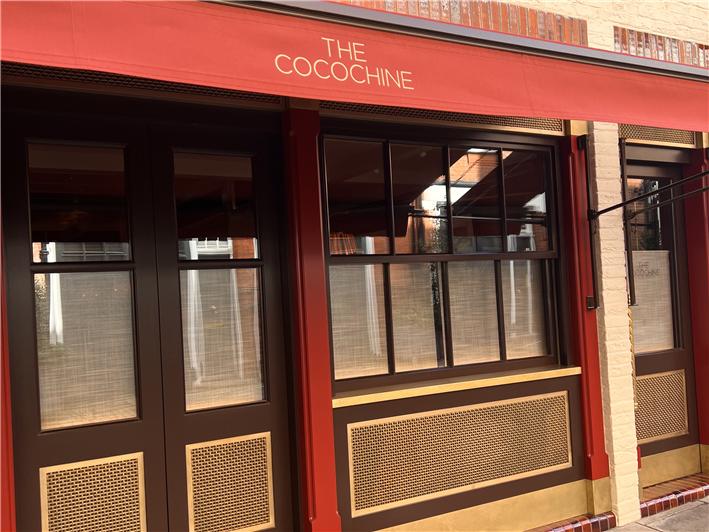

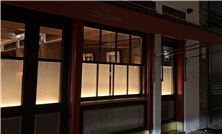
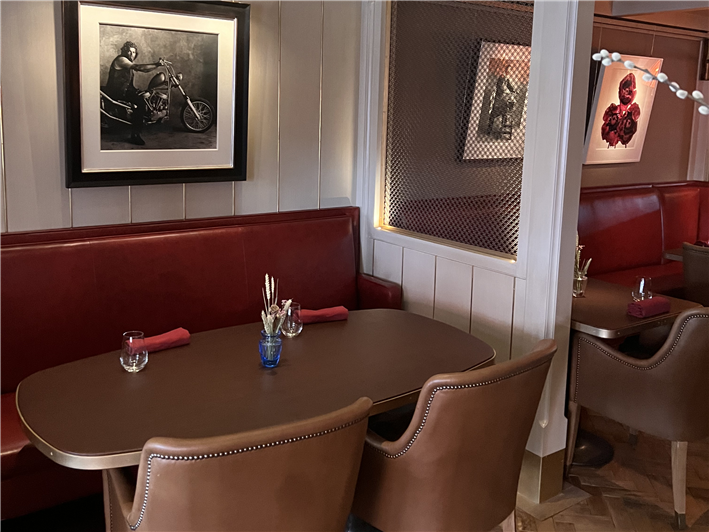
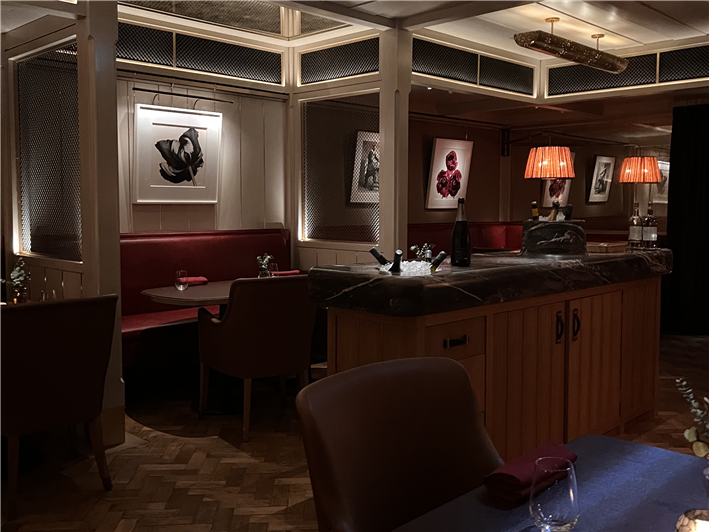
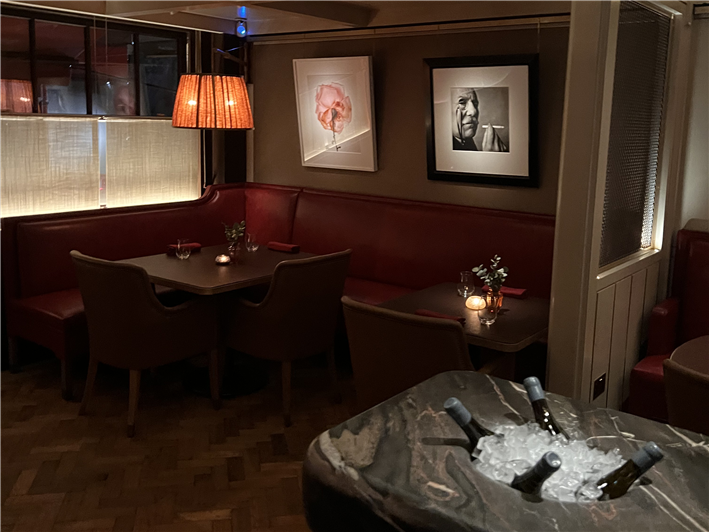
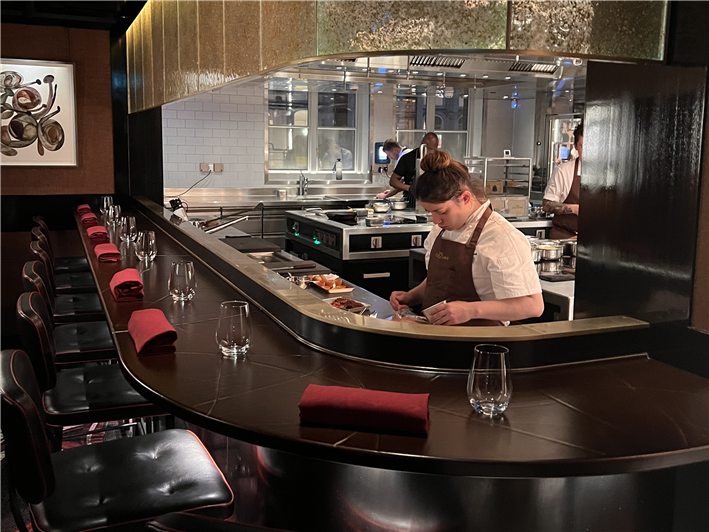
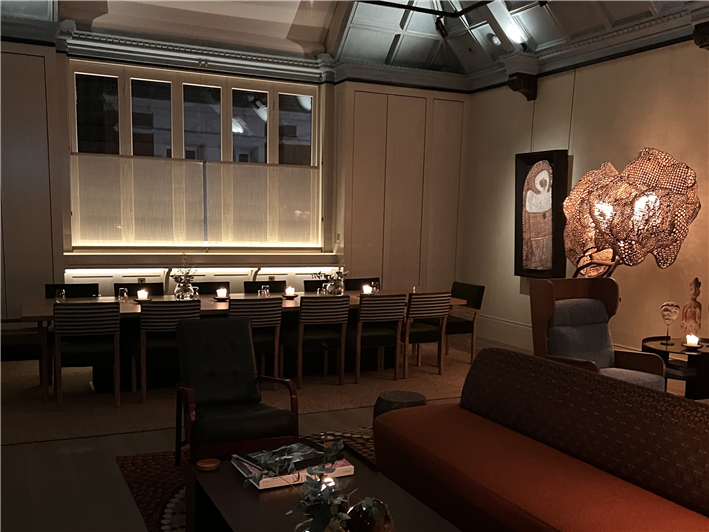
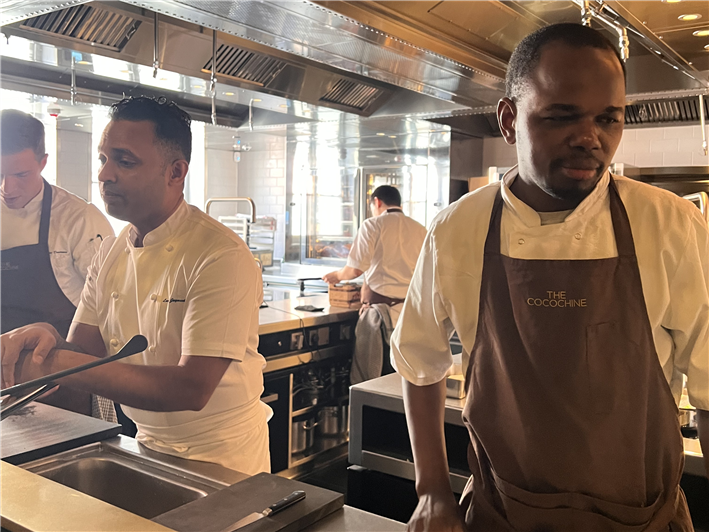
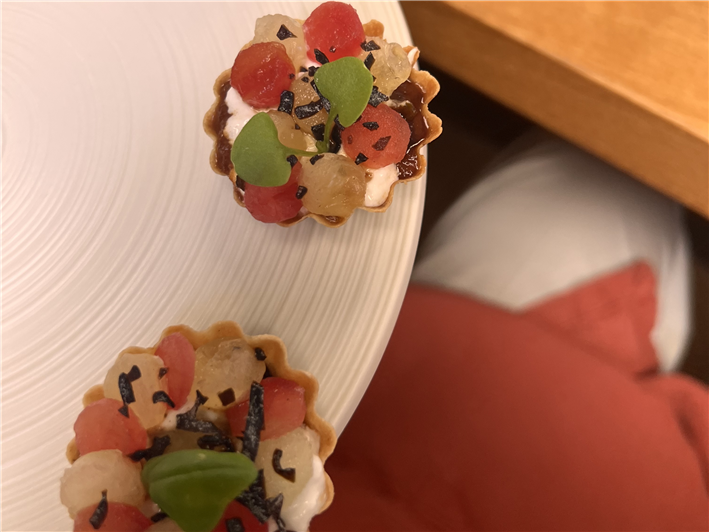
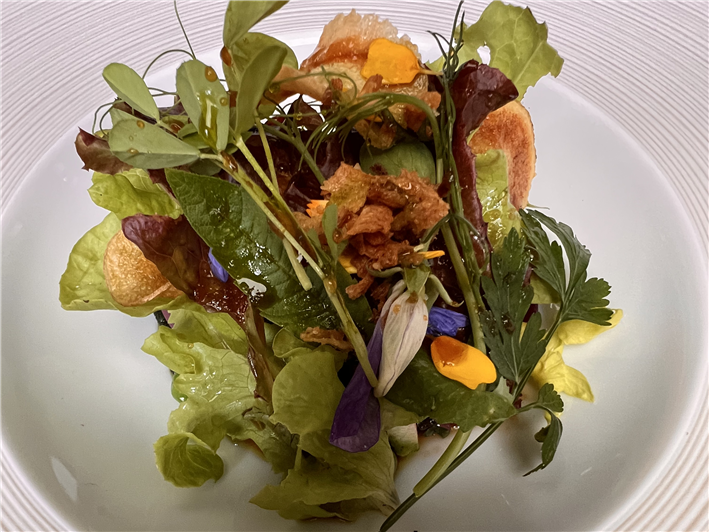
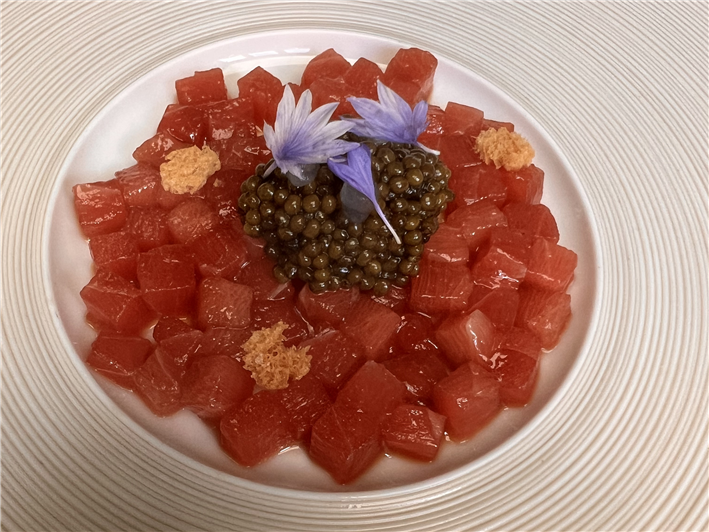
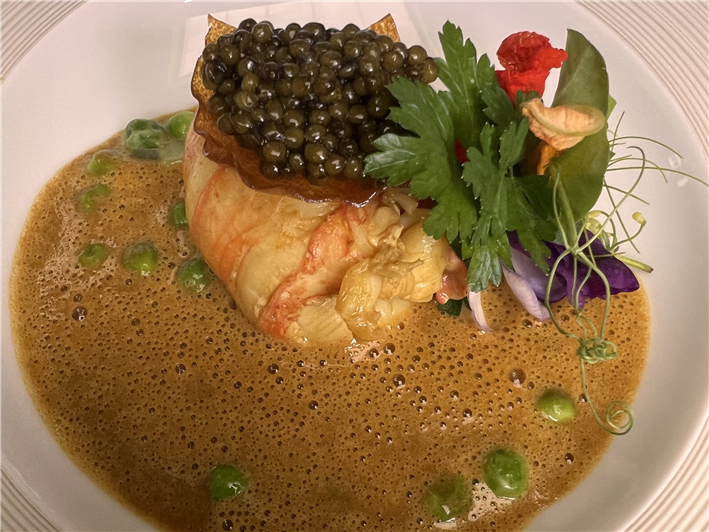
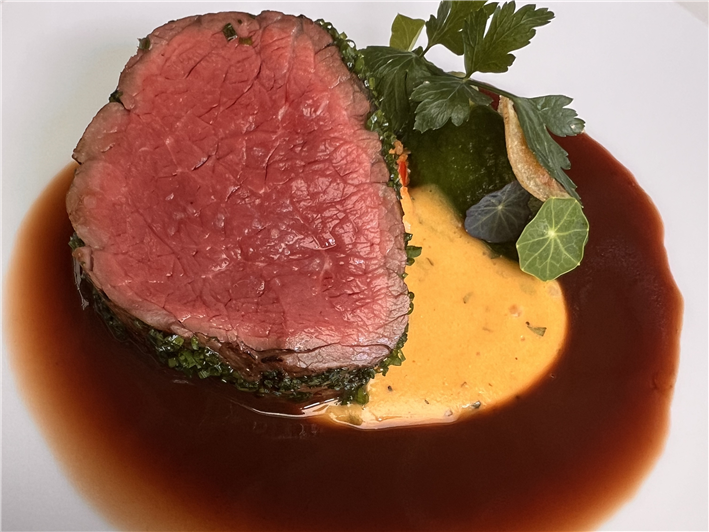
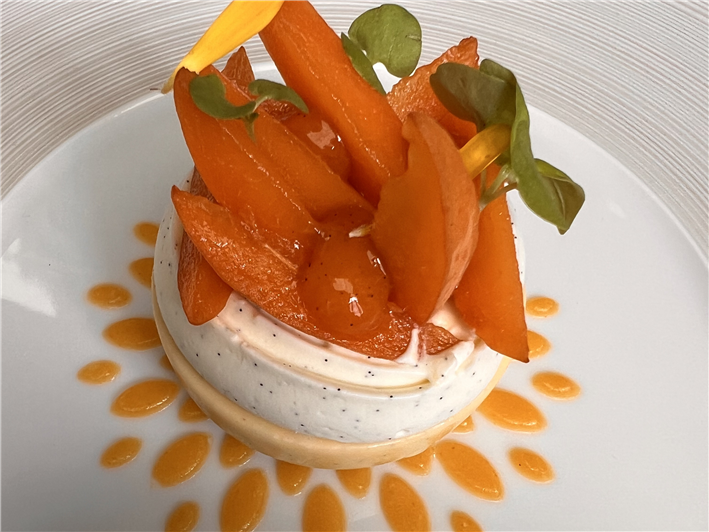
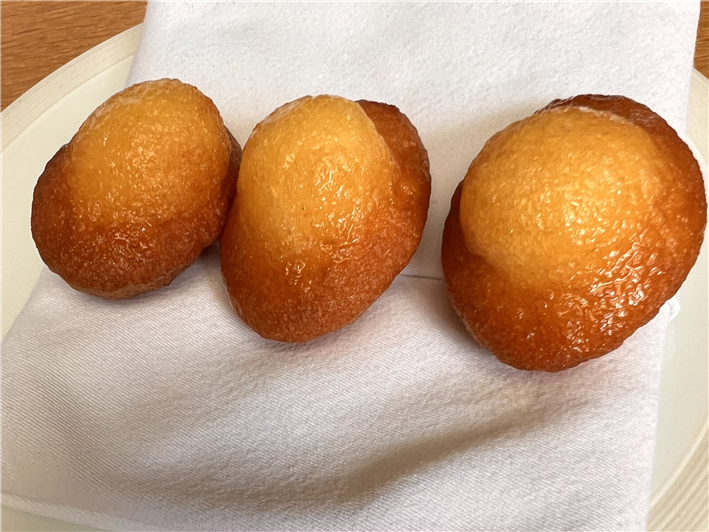
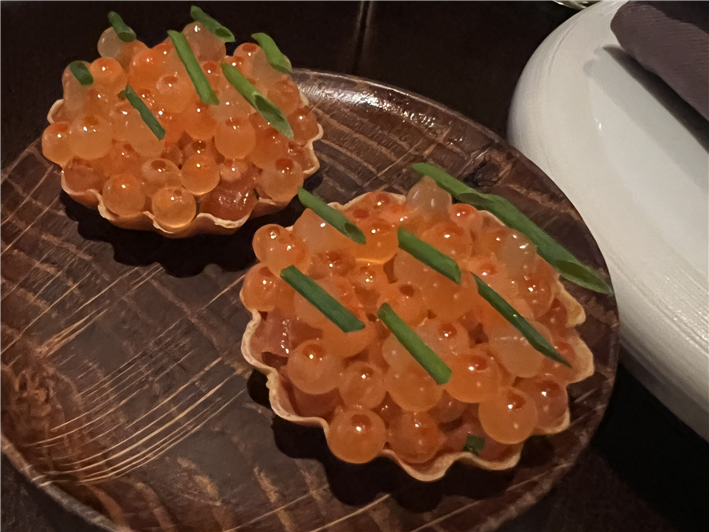
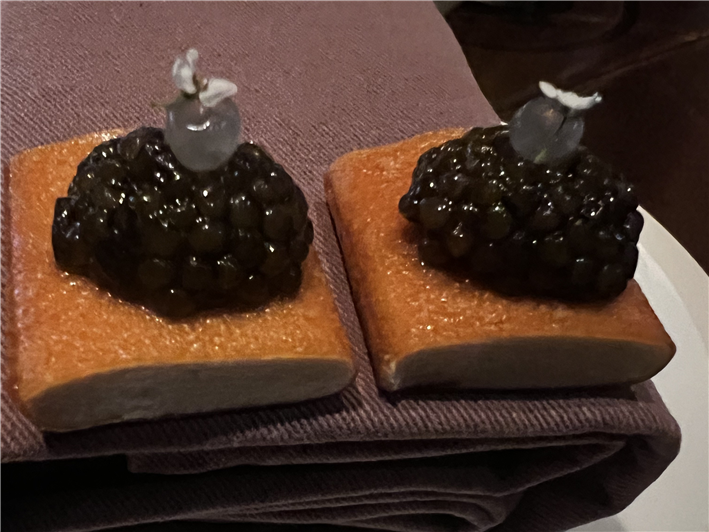

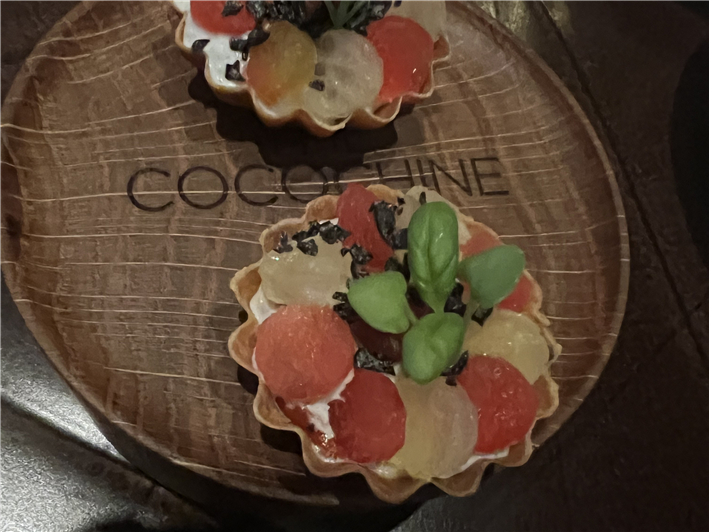

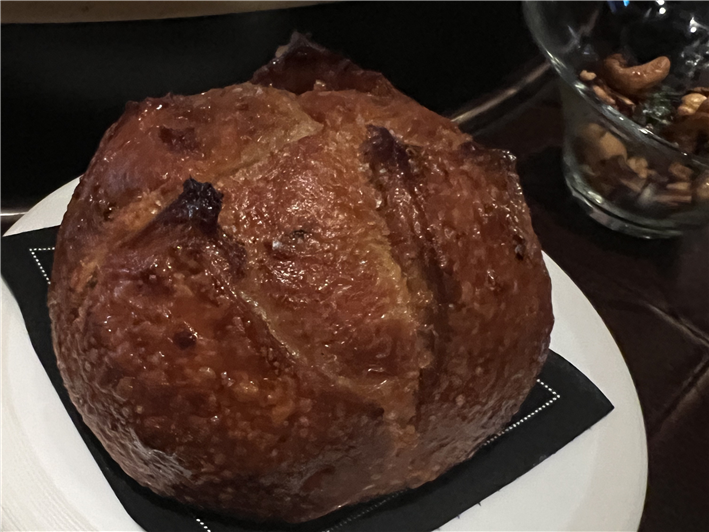
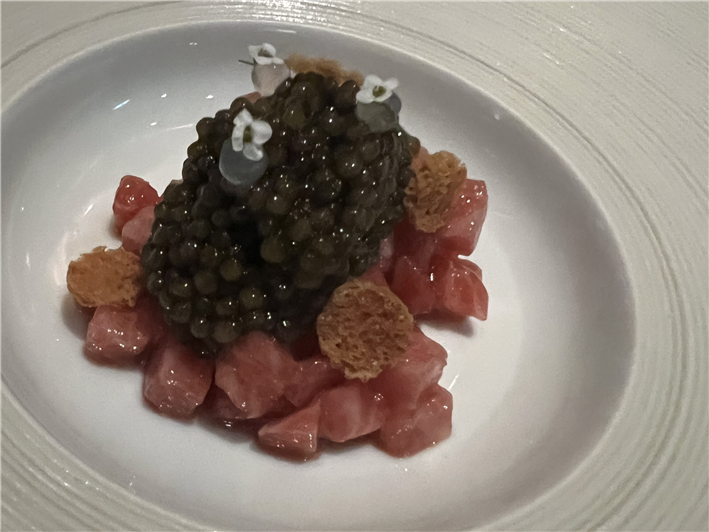
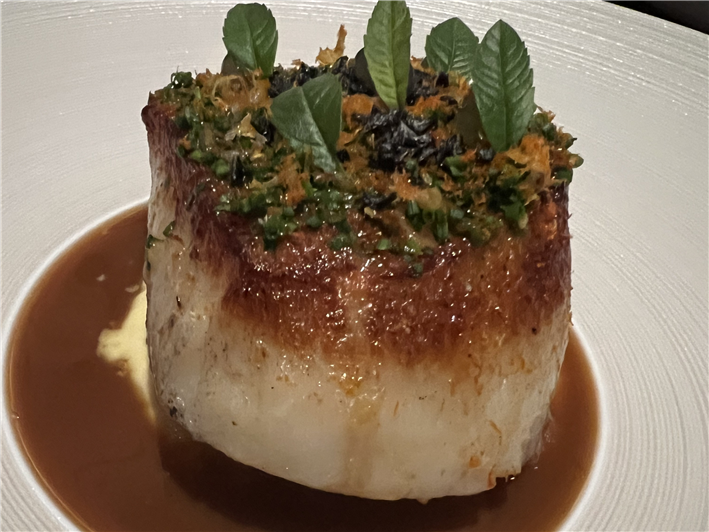
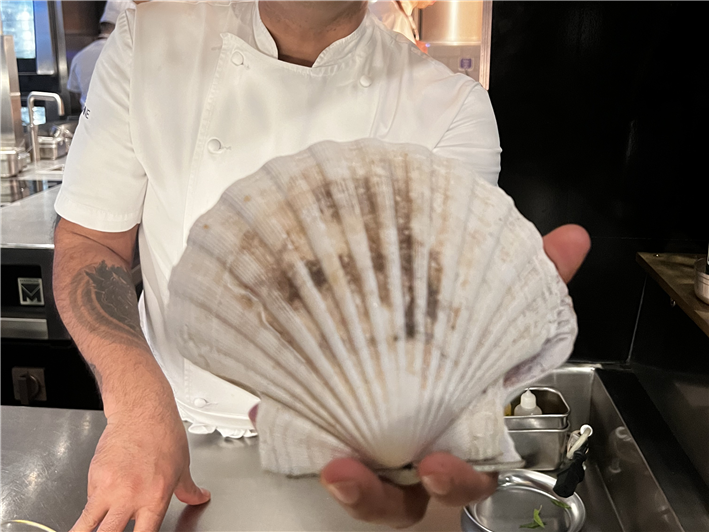
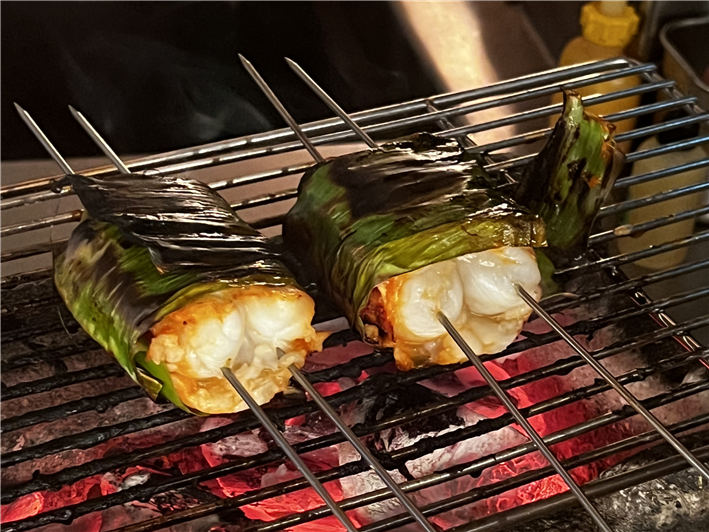
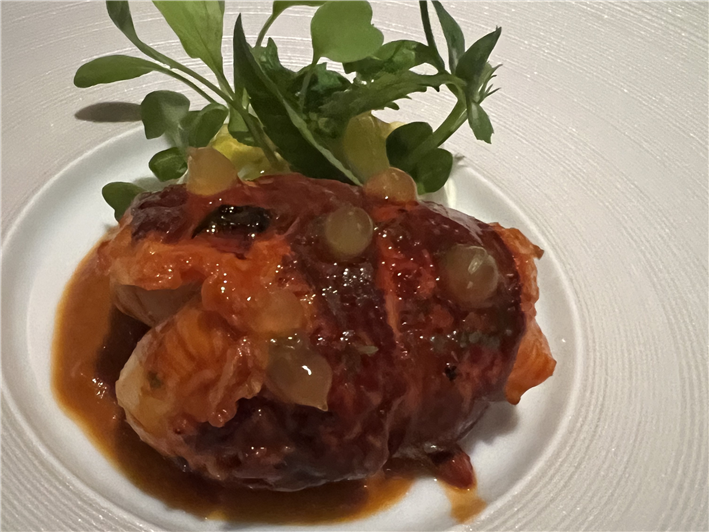
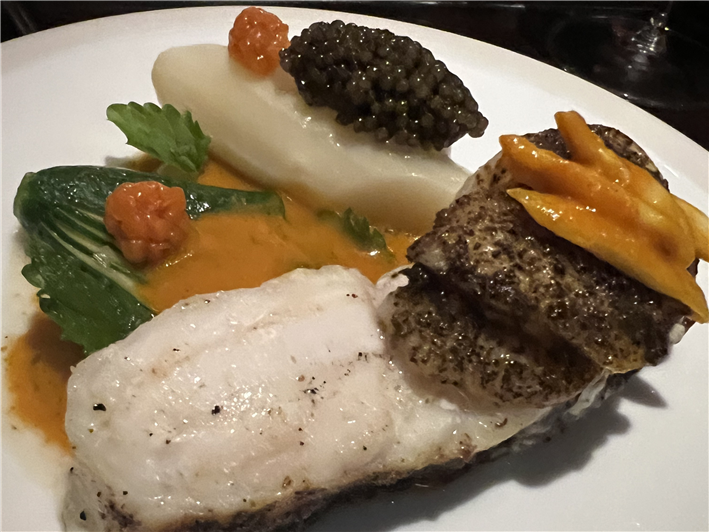
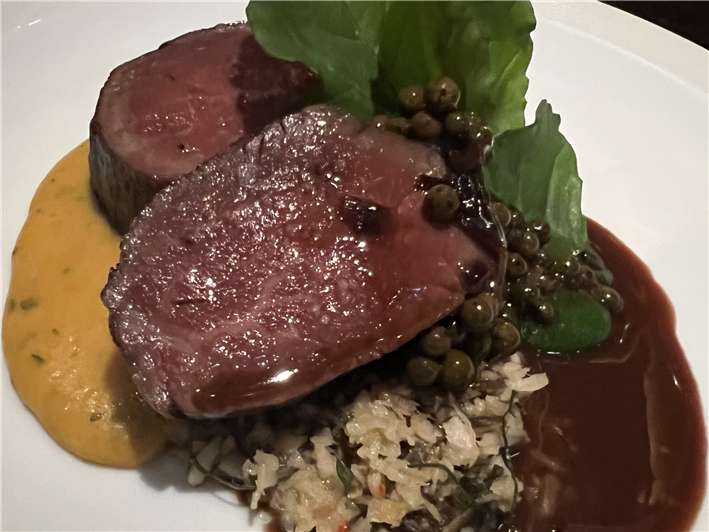
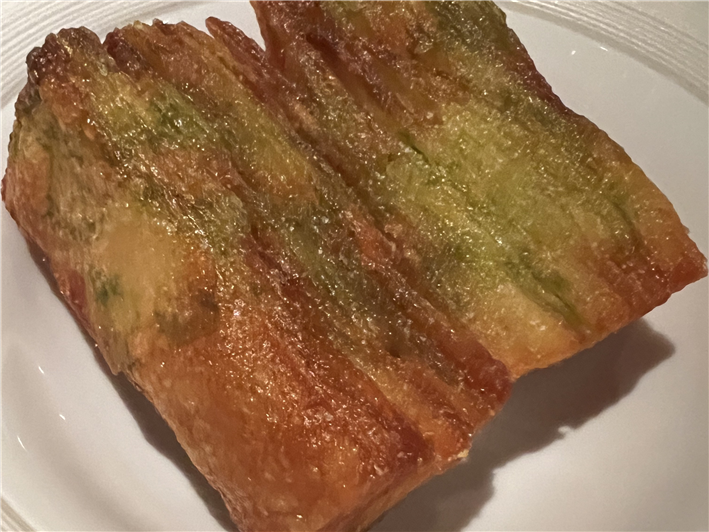
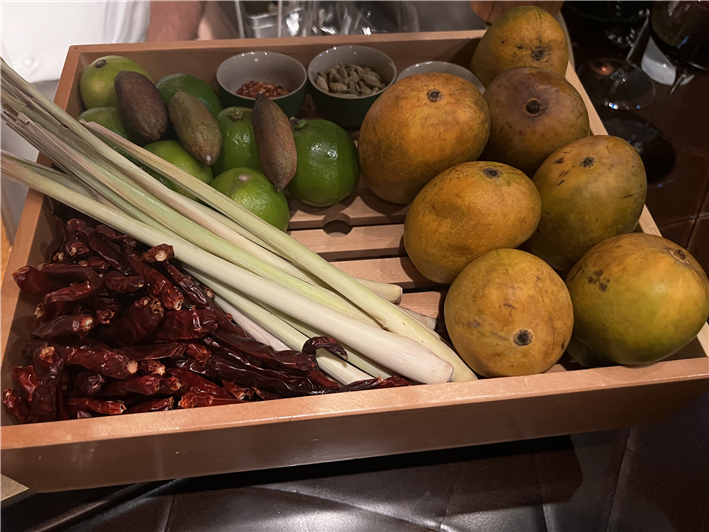
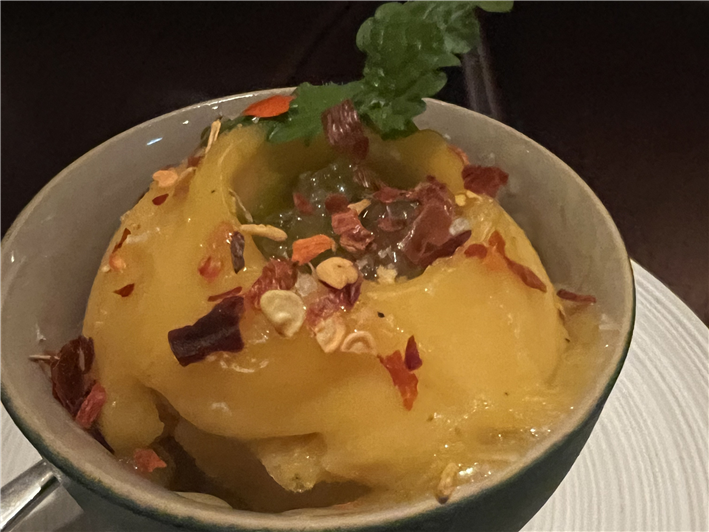
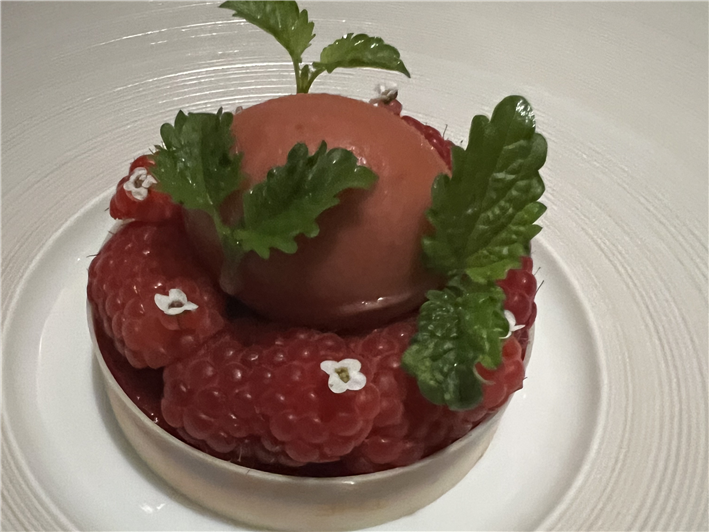
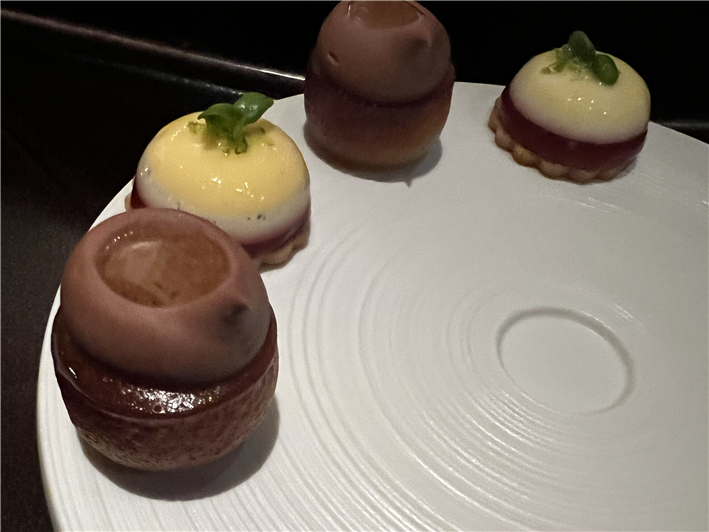
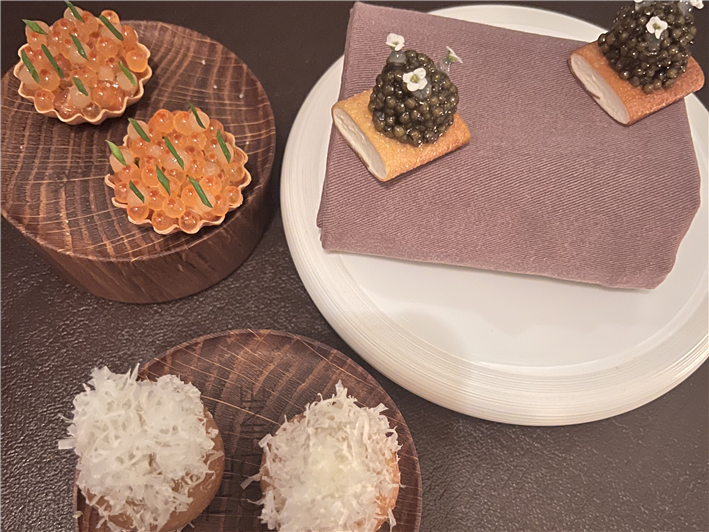
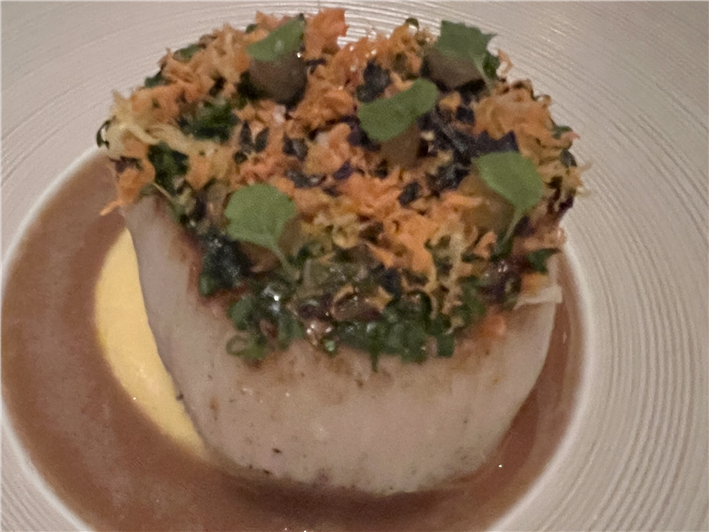
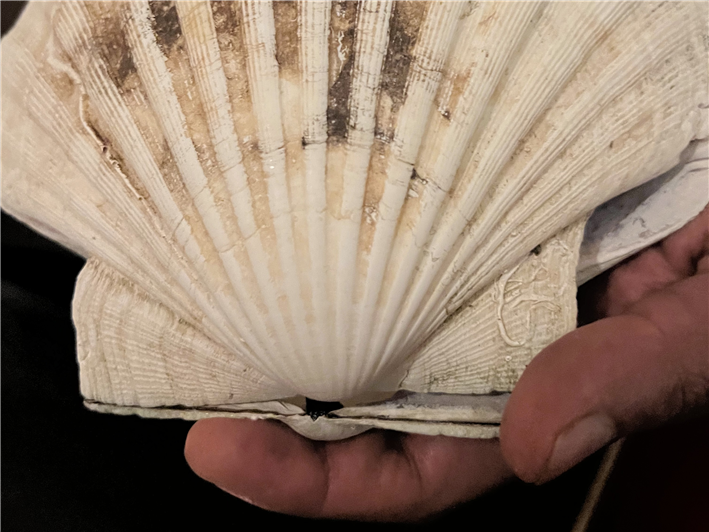
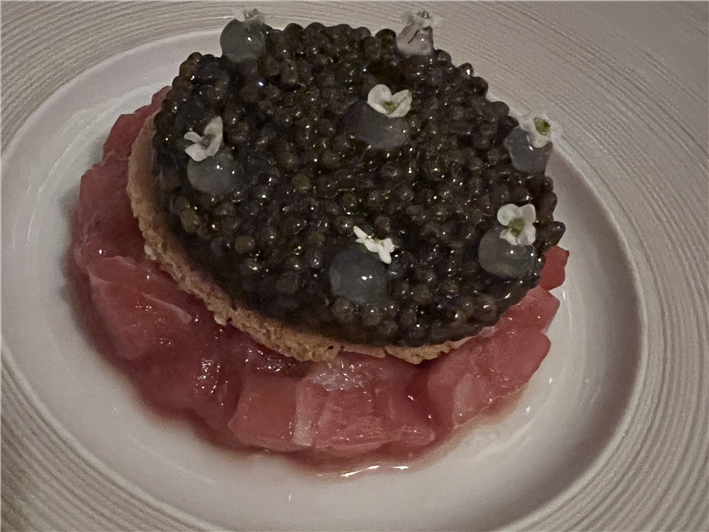
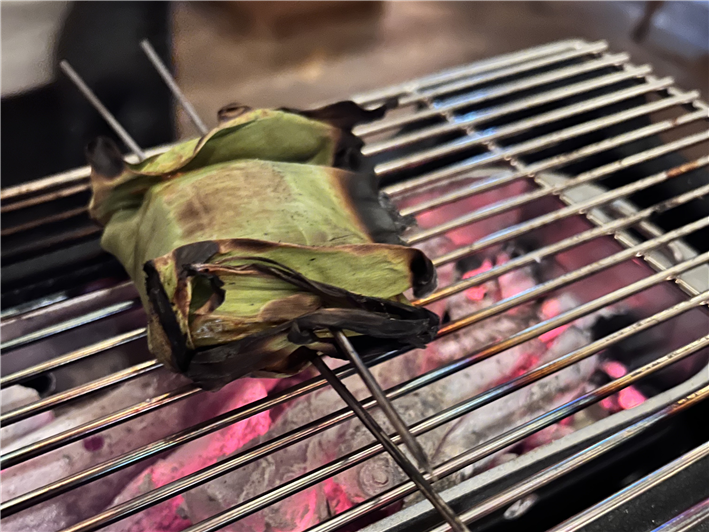
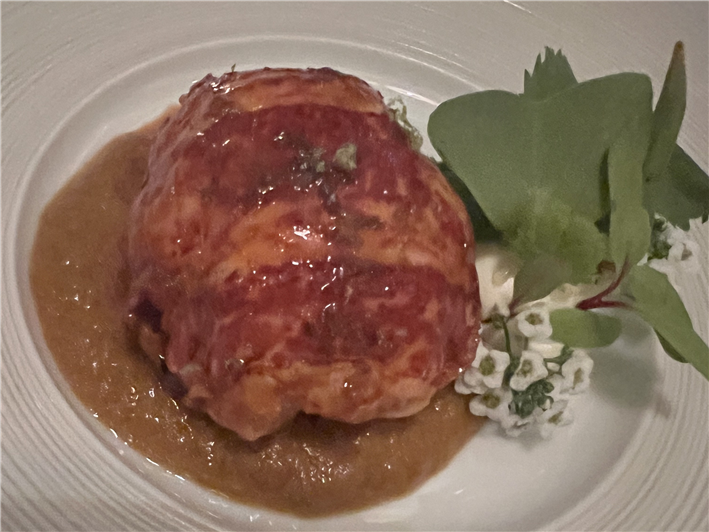
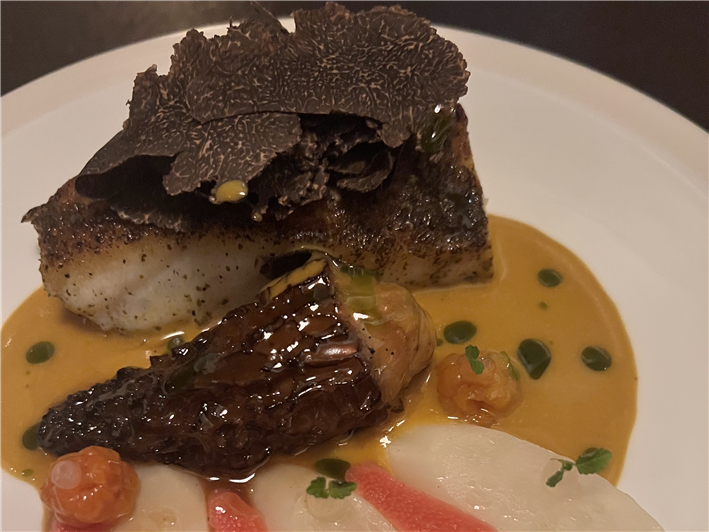
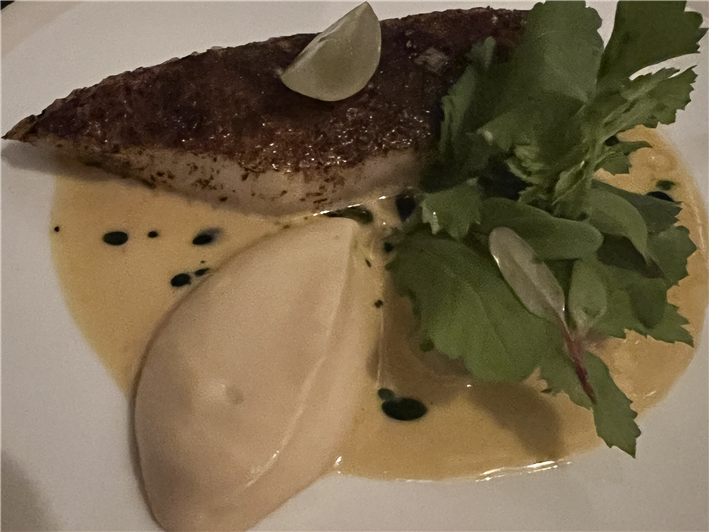
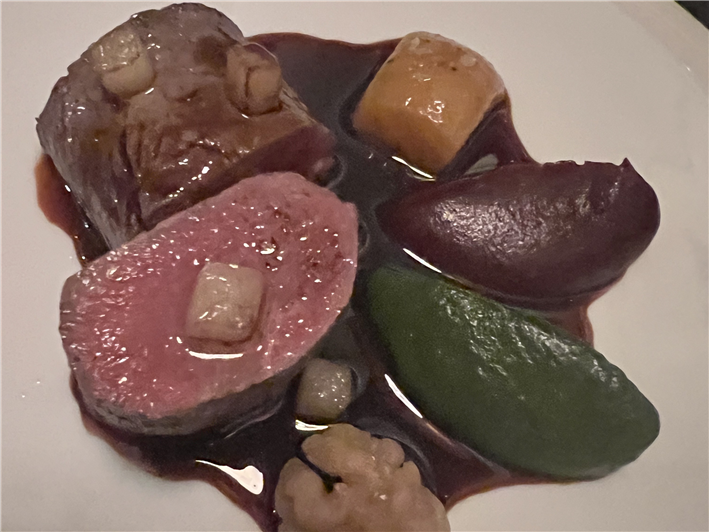
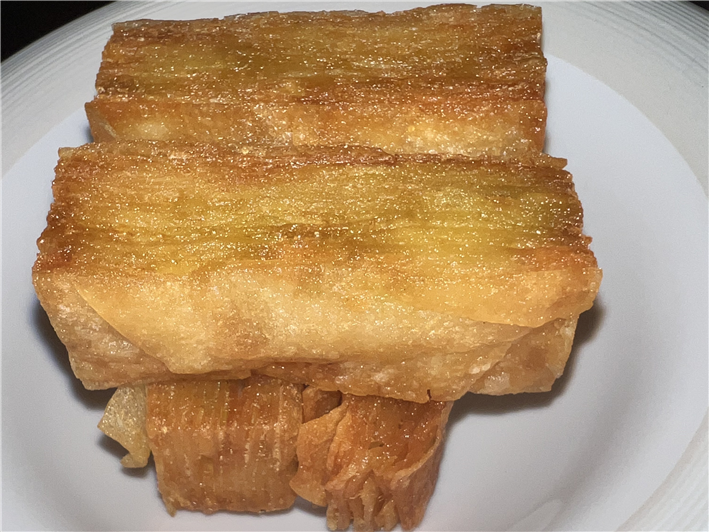
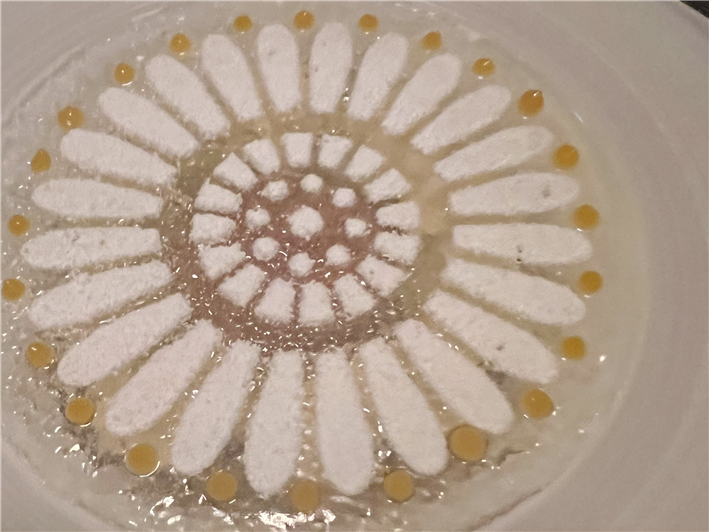
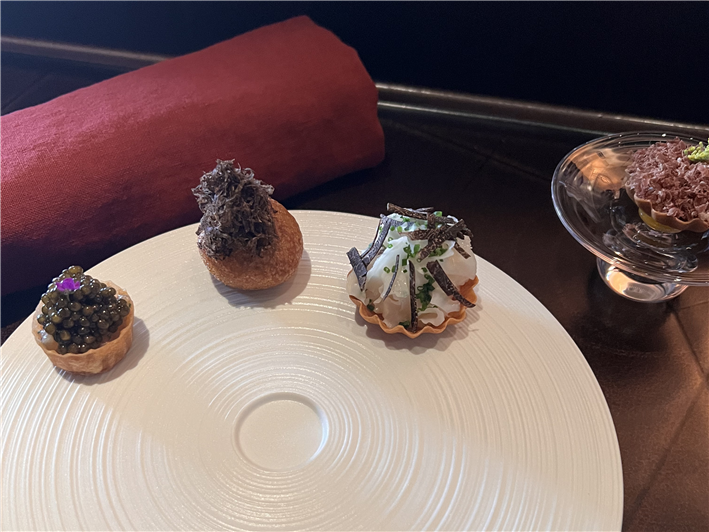
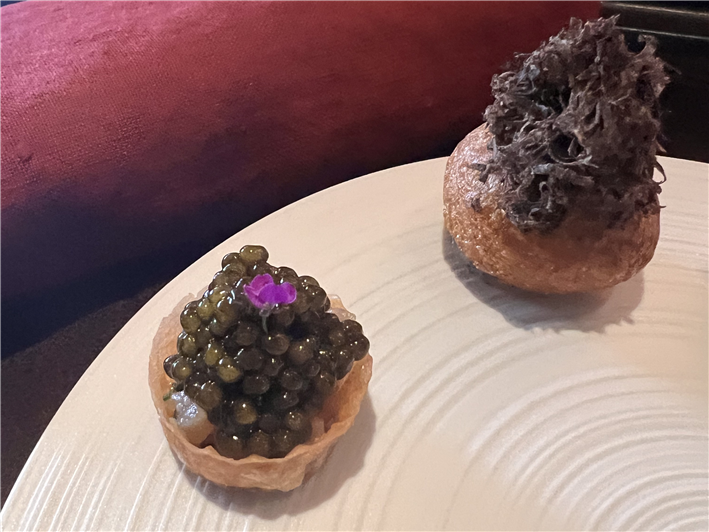
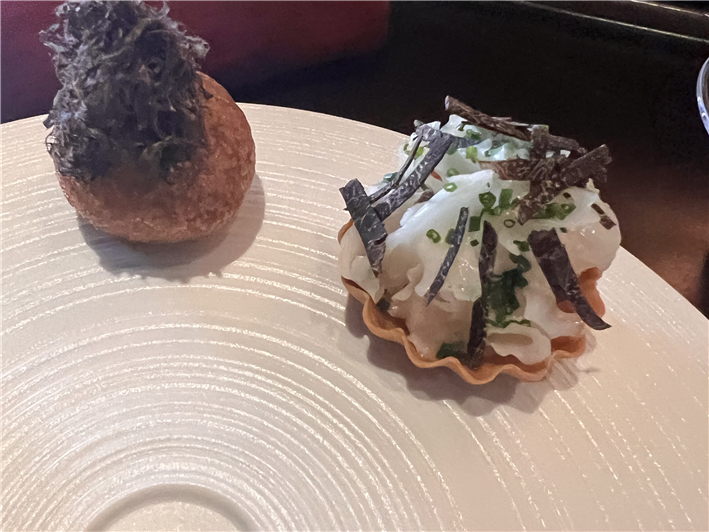
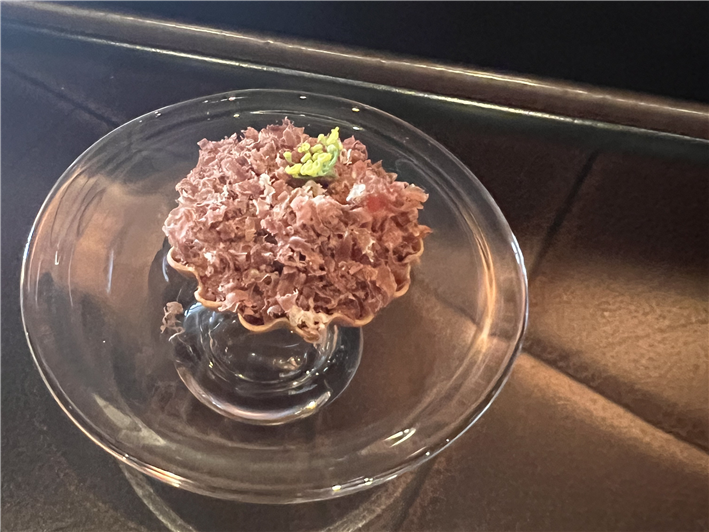
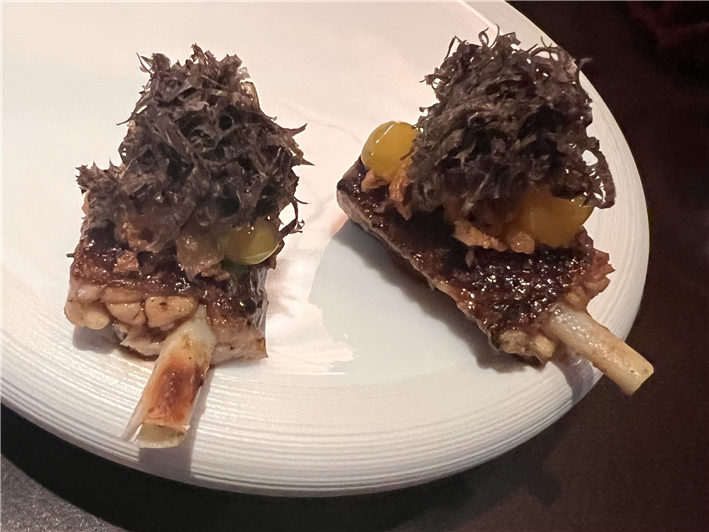
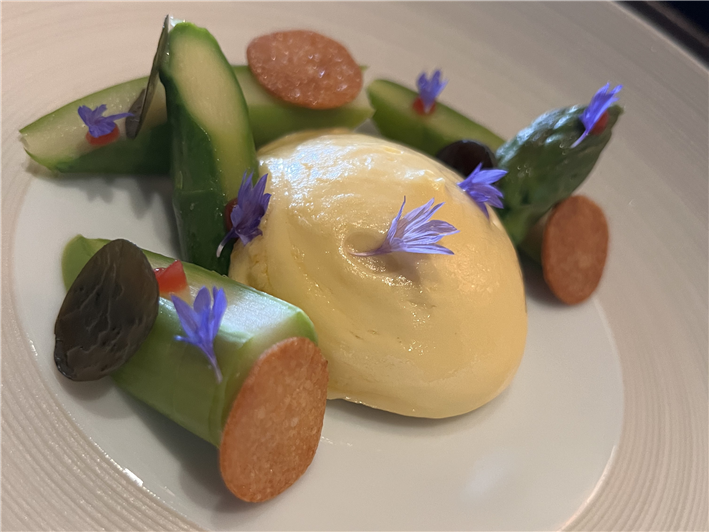
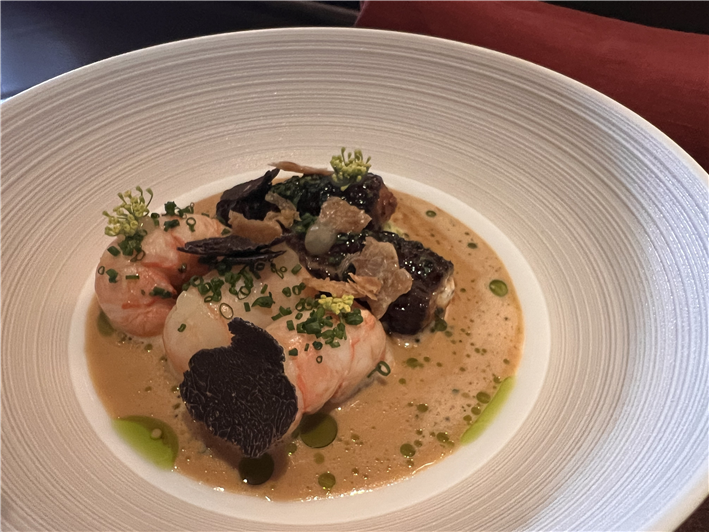
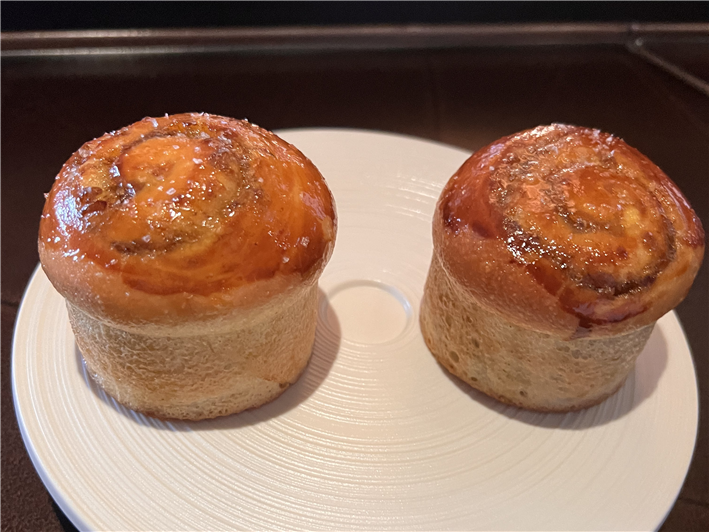
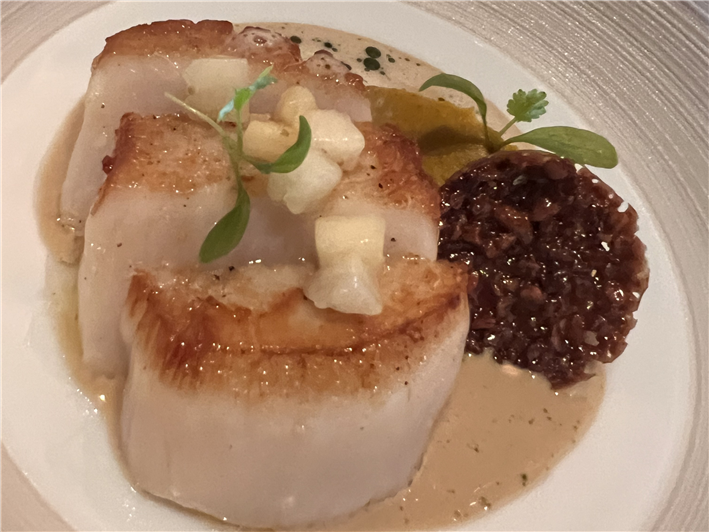
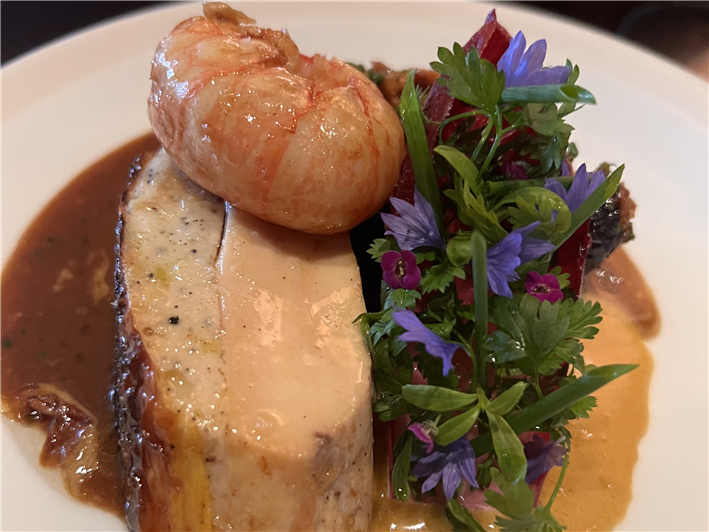
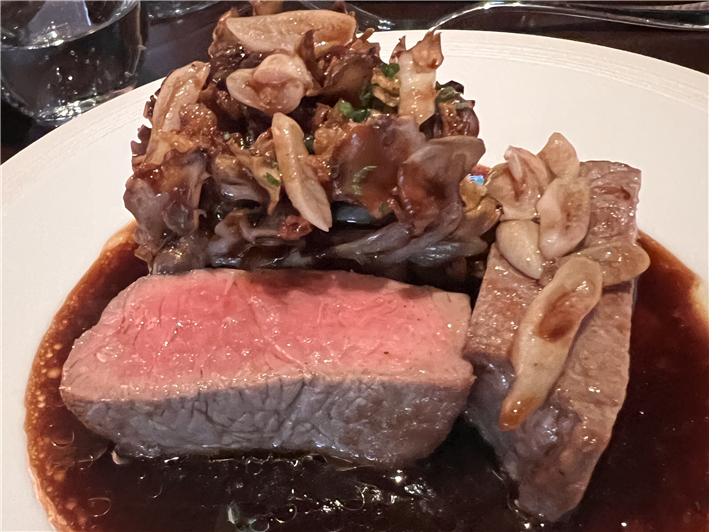
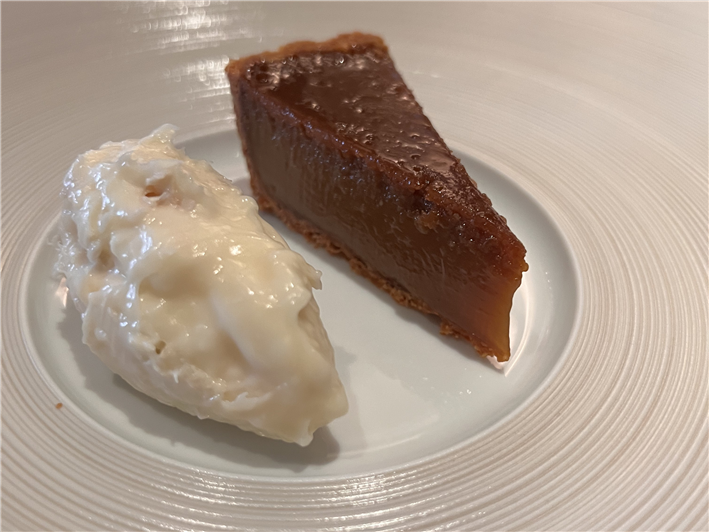
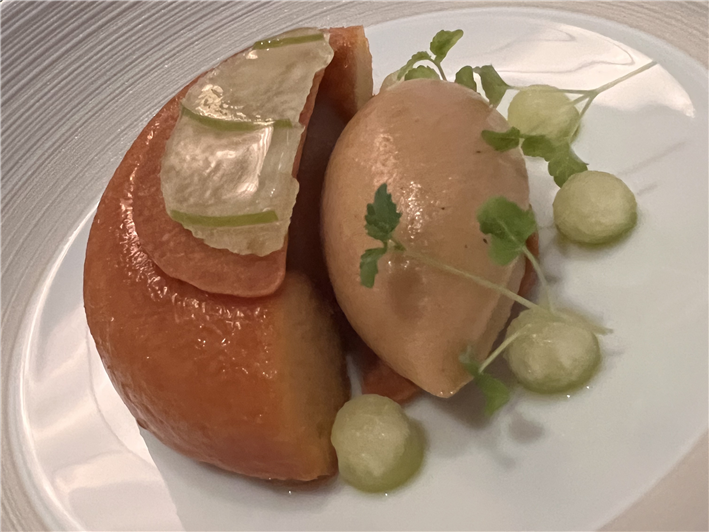
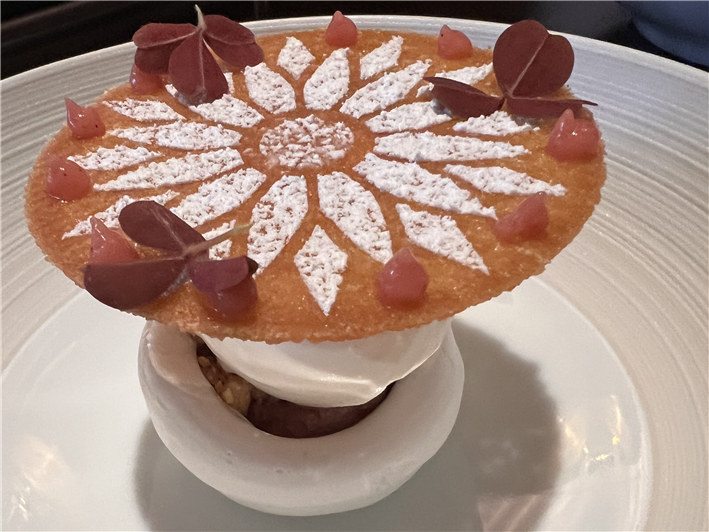
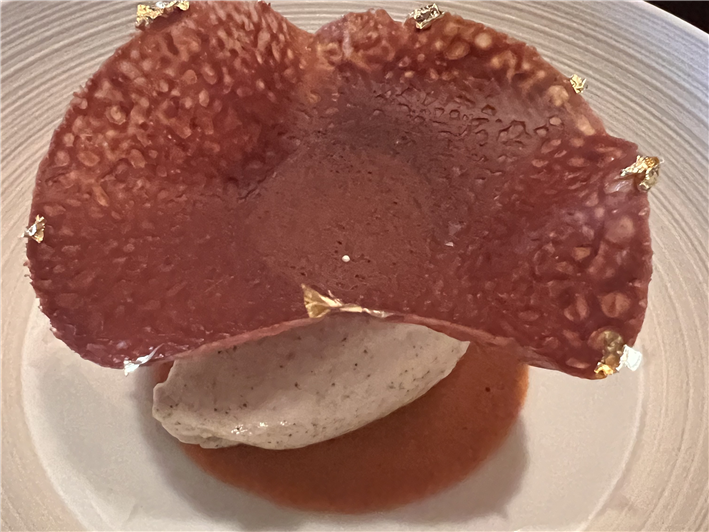
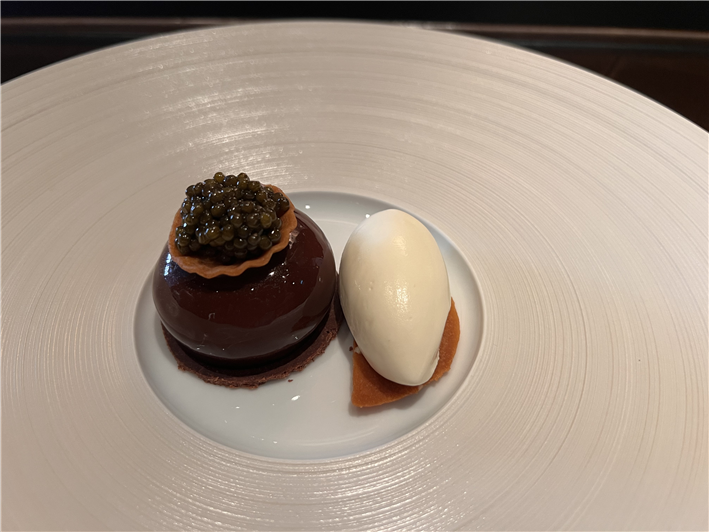
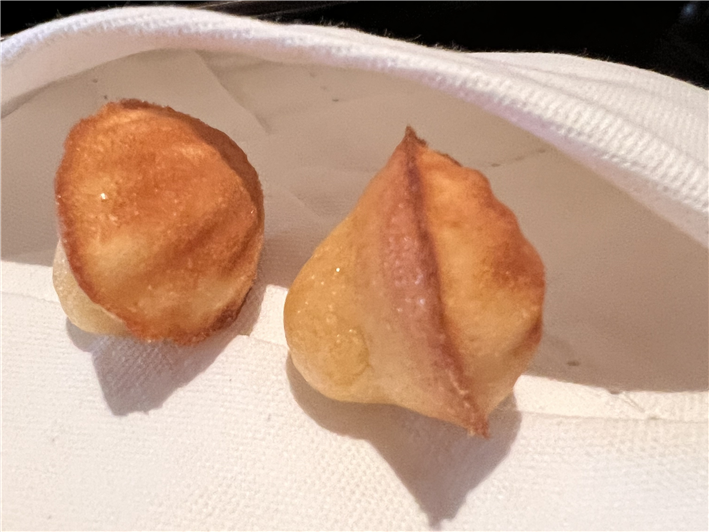
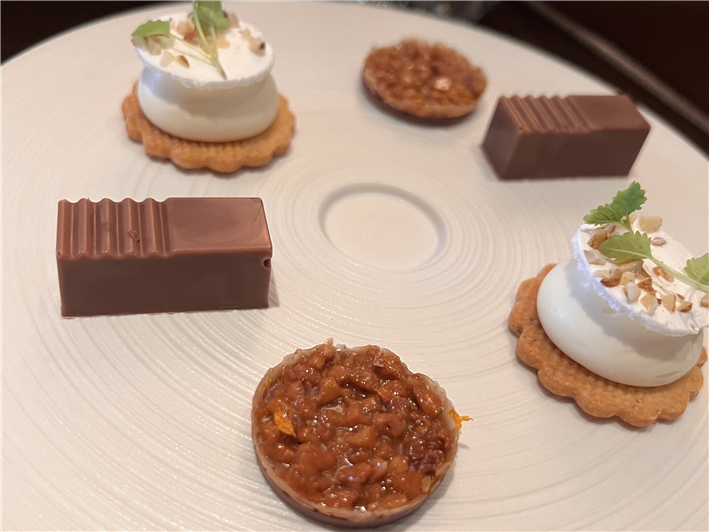
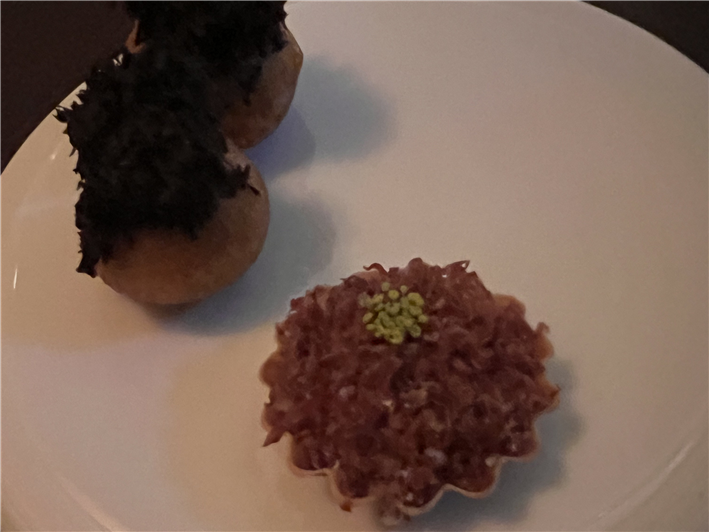
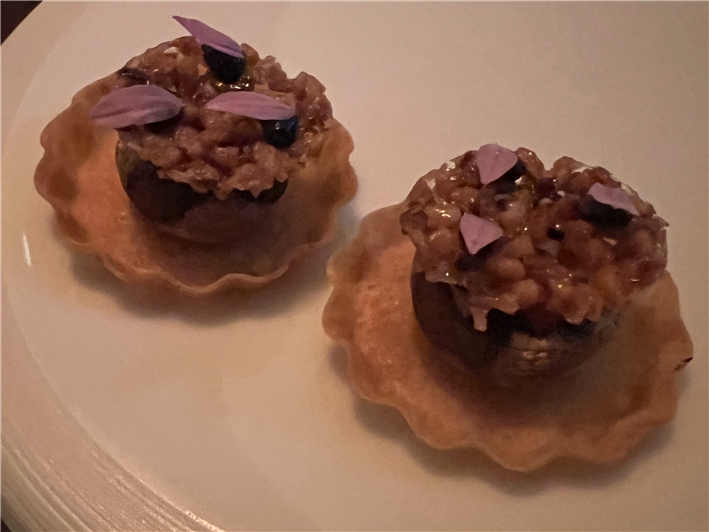
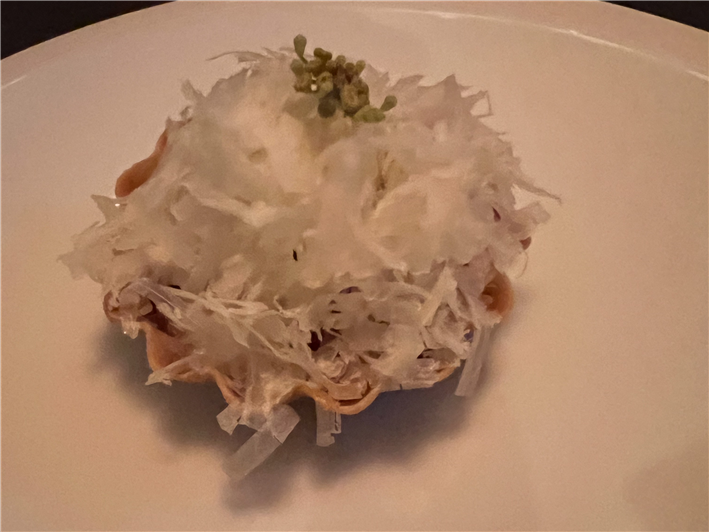
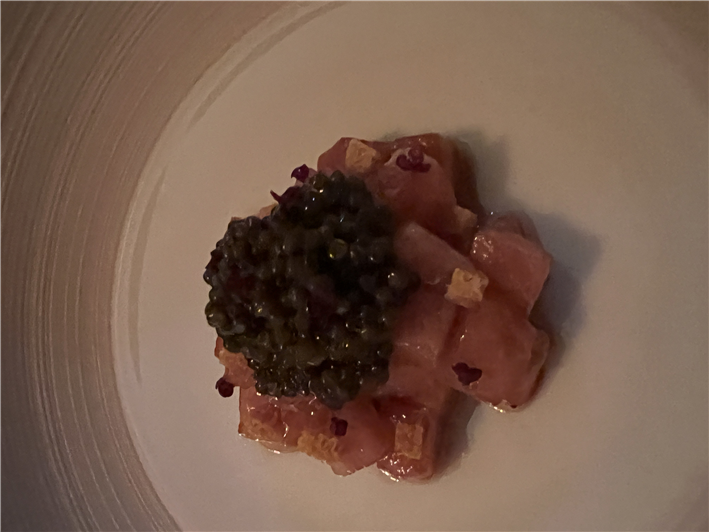
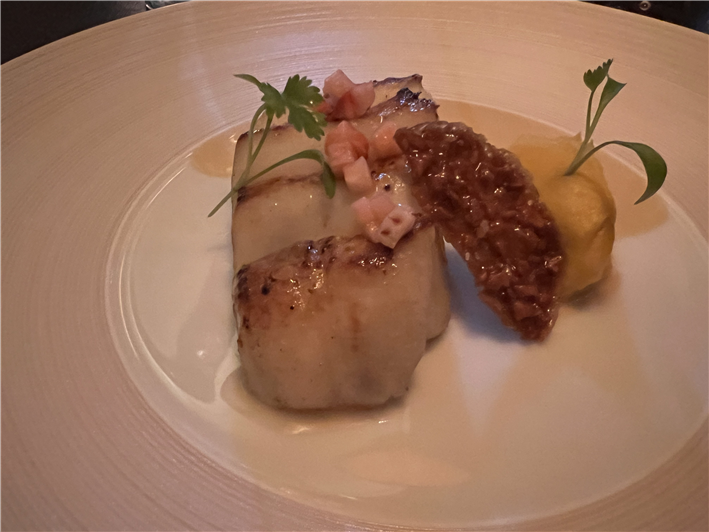
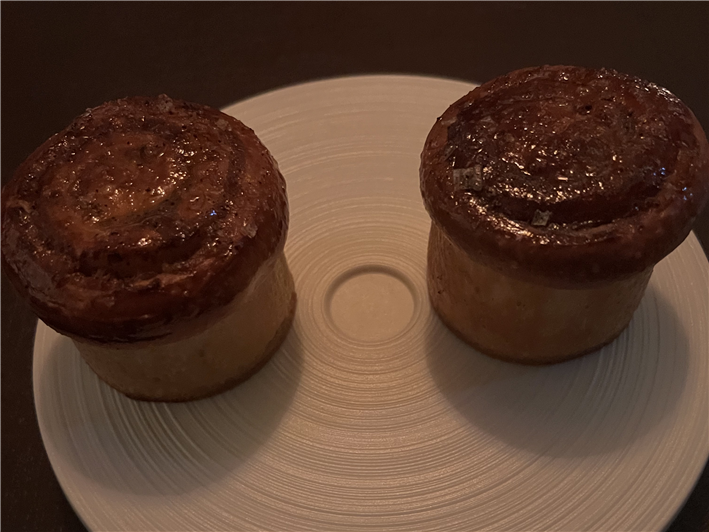
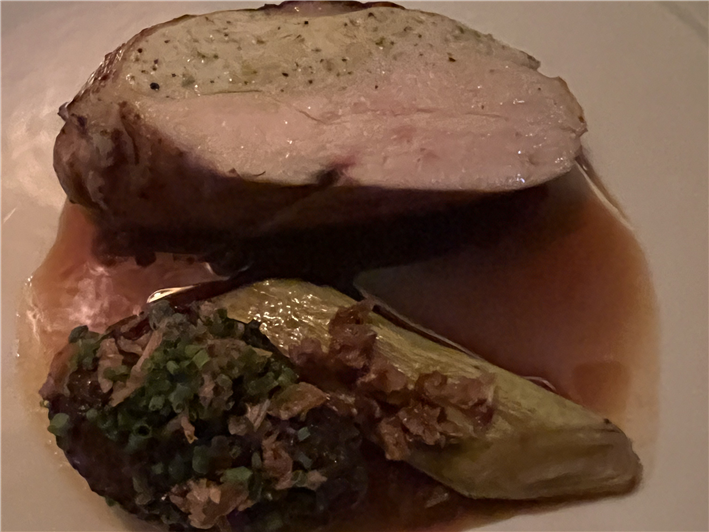
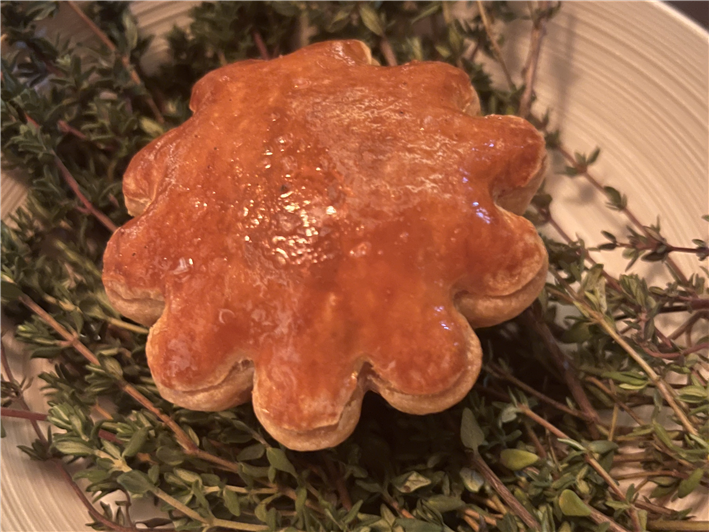
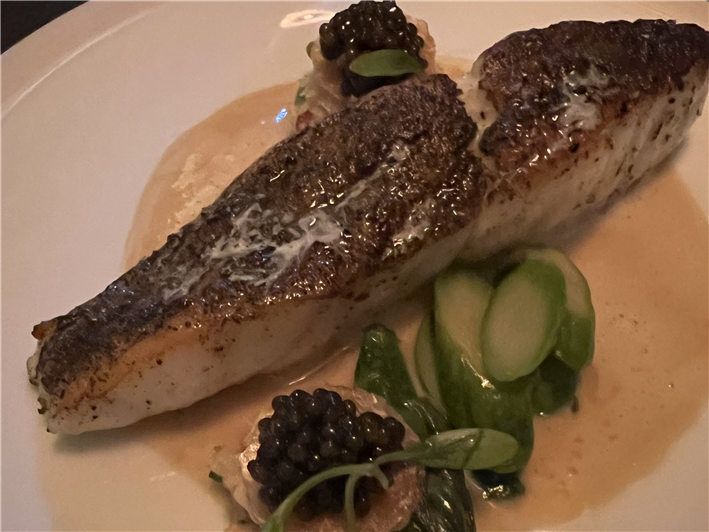
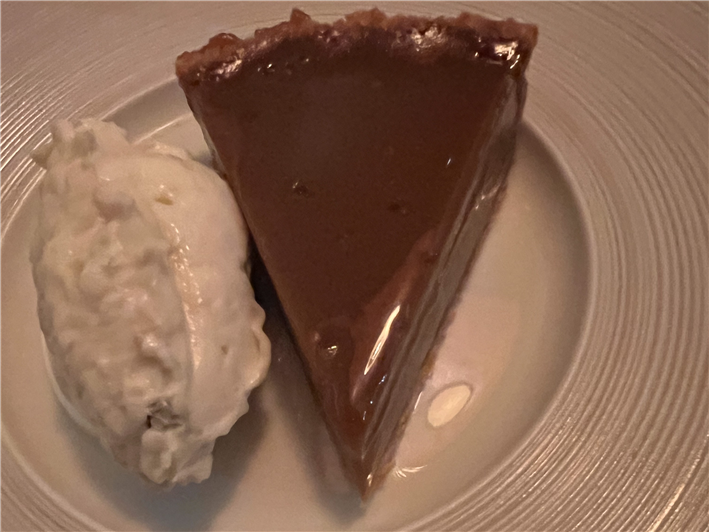
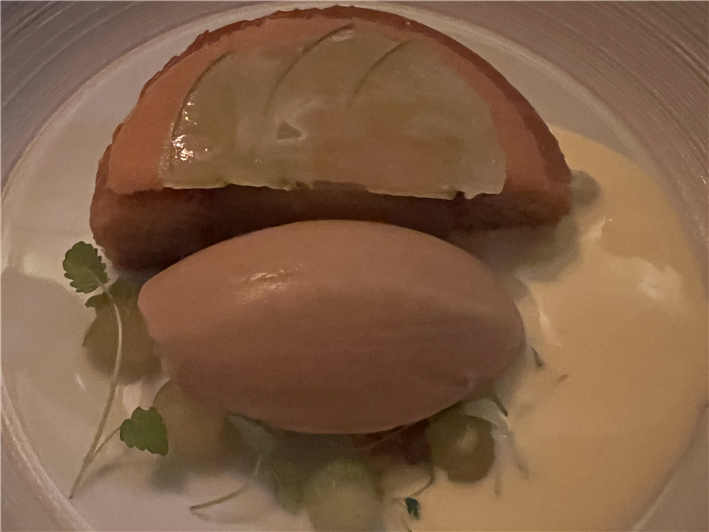
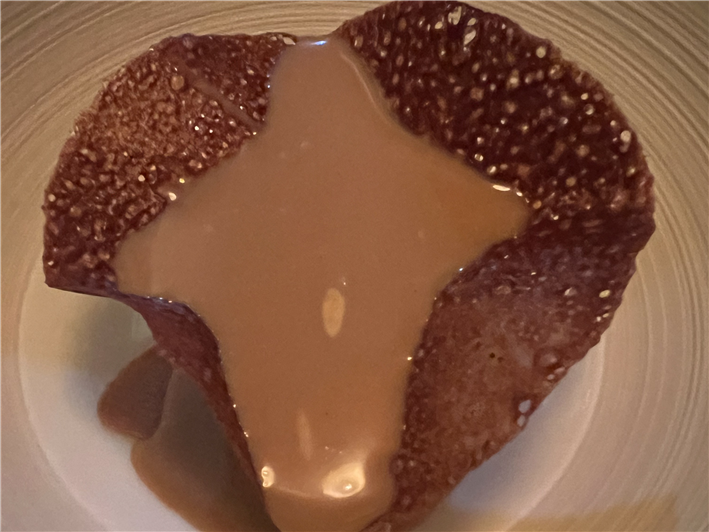
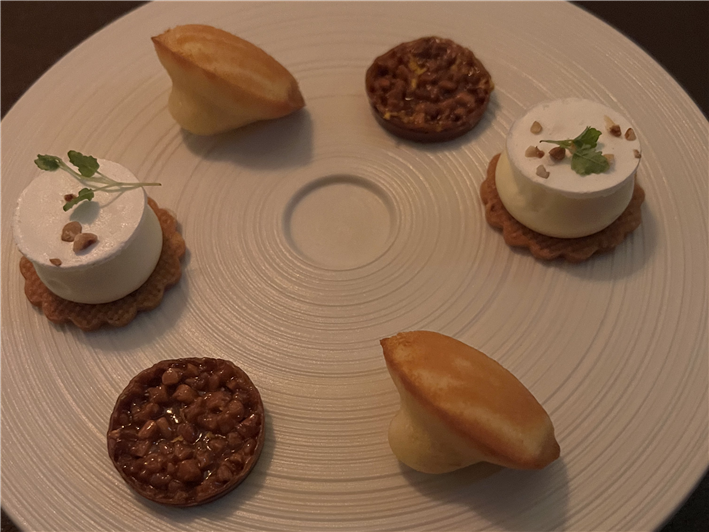

Mark Goucher
Wow Andy, the lengths that these chefs and establishments go to in order to give the customer the ultimate dining experience is just extraordinary. A huge price per diner but what a lot of work, organisation and timing goes into it. Is there any other business that is comparable to it? Putting on a great piece of theatre performance perhaps? Thanks for sharing your detailed reviews which do justice to the incredible work that goes on both behind the scenes and where it matters, in the final delivery. Bravo !